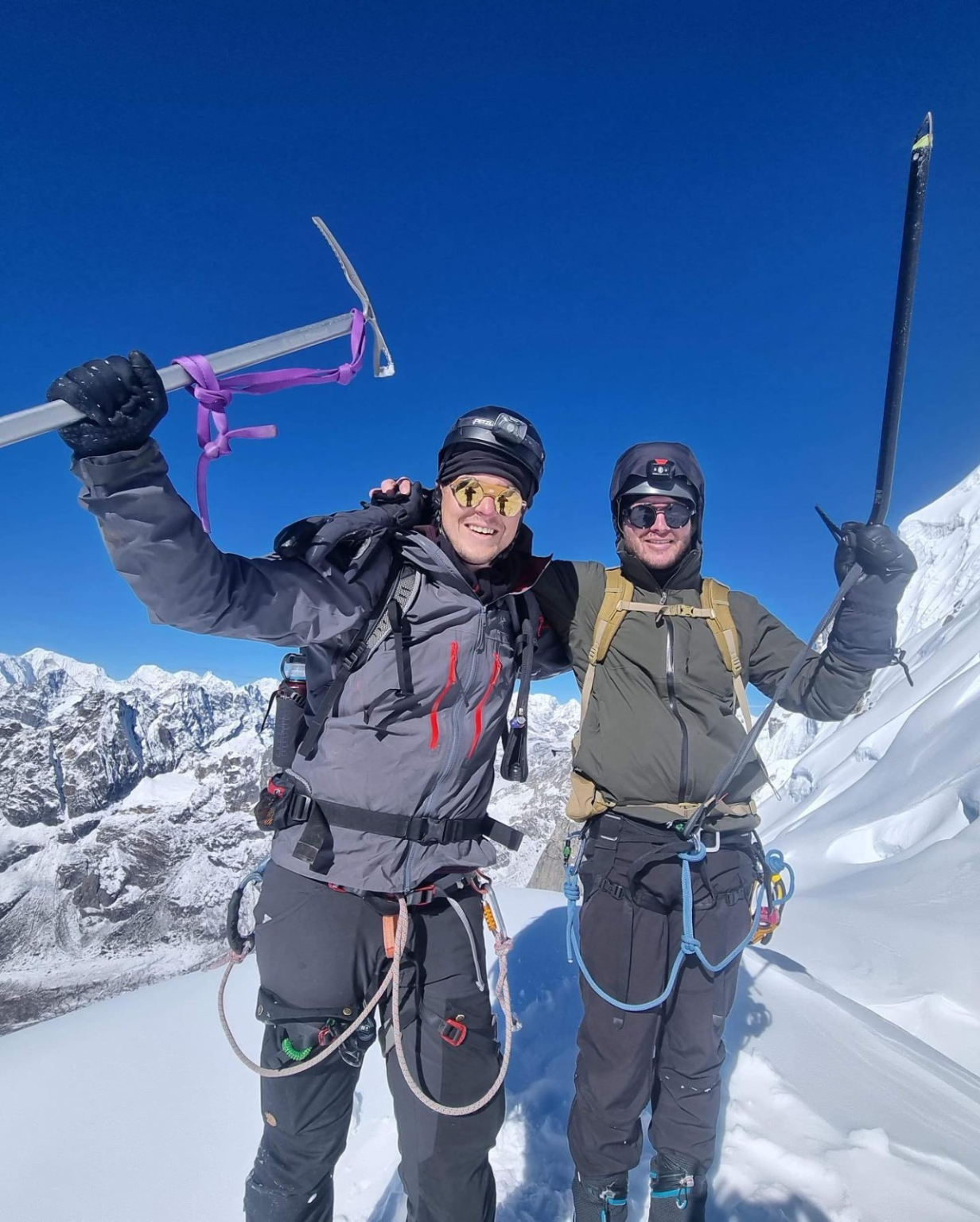Nepal, a land blessed with the majestic Himalayas, offers a variety of mountaineering experiences for climbers of all levels. For those aspiring to step into high-altitude alpine adventure without diving straight into the realm of 8000-meter giants, trekking peaks like Lobuche Peak, Island Peak, and Mera Peak present the perfect introduction.
These three peaks are officially designated as trekking peaks by the Nepal Mountaineering Association, meaning they don’t require advanced technical climbing skills but do demand physical fitness, mental endurance, and basic mountaineering experience. This article explores the distinct characteristics of Lobuche Peak Climbing, Island Peak Climbing, and Mera Peak Climbing, helping aspiring climbers choose their Himalayan journey wisely.
Lobuche Peak Climbing: A Technical Himalayan Gem
Lobuche Peak, standing at 6,119 meters (20,075 ft), is located close to the Khumbu Glacier in the Everest region. It is divided into two main summits: Lobuche East and Lobuche West. While Lobuche West is considered an expedition peak and requires special permits, Lobuche East is a popular trekking peak open to climbers with general mountaineering experience.
Highlights
- Offers stunning views of Mount Everest, Nuptse, Lhotse, and Ama Dablam.
- Provides a technical edge for climbers wanting to advance beyond trekking.
- Ideal for acclimatization and experience-building before tackling 7000m+ mountains.
The Climbing Experience
The standard approach to Lobuche Peak includes a trek through the Everest Base Camp trail, which serves as both a scenic route and a perfect acclimatization path. The final climb involves mixed rock, ice, and snow terrain, with fixed ropes set up in the steeper sections near the summit ridge. Climbers must navigate through crevassed glaciers and negotiate steep icy faces, especially during the summit push.
Who Should Climb?
Lobuche Peak is suitable for climbers with prior high-altitude trekking experience and basic mountaineering skills. It’s often recommended for those who have previously submitted to Island or Mera Peak and are ready for more technical terrain.
Island Peak Climbing: The Gateway to Himalayan Mountaineering
Island Peak Climbing, officially known as Imja Tse, reaches an elevation of 6,189 meters (20,305 ft) and is one of Nepal’s most climbed trekking peaks. Nestled in the heart of the Everest region, Island Peak appears like an island in a sea of ice, surrounded by some of the tallest peaks in the world.
Highlights
- Perfect choice for first-time Himalayan climbers.
- Close to Everest Base Camp—ideal for acclimatization treks.
- Involves glacier travel and fixed rope climbing on summit day.
The Climbing Experience
The journey begins with a classic trek through the Khumbu Valley, passing villages like Namche Bazaar and Dingboche. Before reaching Island Peak Base Camp, climbers often include a side trip to Everest Base Camp for better acclimatization.
The final summit push includes a pre-dawn start and traverses glaciated terrain with crevasses, ladders, and fixed ropes on the headwall just below the summit. Though not highly technical, it requires the use of crampons, ice axe, and rope techniques—making it a great peak for skill-building.
Who Should Climb?
Island Peak is perfect for fit trekkers or novice climbers looking to transition into mountaineering. It offers a balance between adventure and accessibility, making it an ideal first Himalayan summit.
Mera Peak Climbing: The Highest Trekking Peak in Nepal
Standing tall at 6,476 meters (21,247 ft), Mera Peak is the highest trekking peak in Nepal and provides one of the most stunning panoramic views in the Himalayas. It is located in the Hinku Valley, a quieter and more remote region east of the Khumbu Valley.
Highlights
- Tallest trekking peak in Nepal.
- Offers views of five 8000-meter peaks: Everest, Lhotse, Cho Oyu, Makalu, and Kanchenjunga.
- Less crowded route with a more remote and wild setting.
The Climbing Experience
The Mera Peak expedition usually begins with a scenic flight to Lukla followed by a trek through the less-traveled Hinku Valley. The climb itself is not very technical, making it an excellent choice for those with good fitness and a passion for adventure.
The ascent involves glacier walking with gradual slopes, though conditions can be harsh due to high winds and extreme cold. Fixed ropes are occasionally used near the summit, depending on the snow and ice conditions.
Who Should Climb?
Mera Peak is suitable for trekkers with excellent cardiovascular fitness and some basic mountaineering knowledge. It’s an excellent preparatory climb for higher Himalayan peaks and offers an unmatched sense of wilderness and solitude.
Conclusion
Choosing between Lobuche Peak, Island Peak, and Mera Peak depends largely on your climbing experience, fitness level, and adventure goals.
- If you are looking to challenge your technical climbing skills while still enjoying the Everest region, Lobuche Peak Climbing is the ideal adventure.
- If you’re a beginner aiming for your first Himalayan summit, Island Peak Climbing offers a rewarding experience with moderate technical challenges.
- If solitude, height, and expansive Himalayan views are what you seek, Mera Peak Climbing stands above all—literally and figuratively.
Each of these peaks presents its own beauty, challenges, and unforgettable memories. Whether you’re preparing for an 8000-meter giant or simply chasing your first summit, these trekking peaks are your gateway to the world of Himalayan mountaineering.
Contact Details
———————
Company address: Everest Trekking Routes Pvt. Ltd.
16 Khumbu, Nayabazaar, Kathmandu, Nepal
Mobile : +977-9843467921 (Rabin)
Email: [email protected]
URL:- www.everesttrekkingroutes.com


